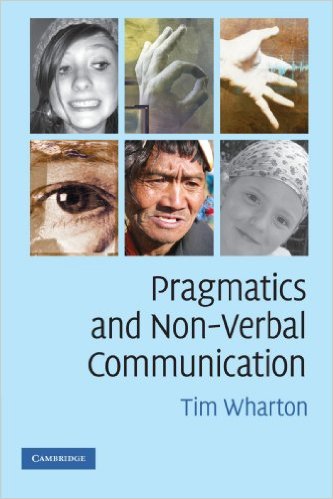
Our Community
Get to know our community
Join Translation Journal
Click on the Subscribe button below to receive regular updates.
Babatunde, Olukayode Temidayo

Question and Answer
- What is your name?
- BABATUNDE, Olukayode Temidayo
- Where do you live?
- Nigeria
- What made you decide to become a translator or interpreter?
- I love translation. I specialized in French language while English is my official language. The combining languages are international languages
- List one strength that you think sets you apart from your colleagues.
- Apart from English and French, I have some acquaintances with German and Spanish and I am presently learning Russian, Arabic, Hebrew, Greek, Italian, Portuguese on my own.
- Name the one thing that you most enjoy in your translating or interpreting career.
- Translating serves as a didactic tool to knowing more about each language's peculiarities in linguistic and cultural settings.
- We all have worked on those not-so-perfect assignments. Write about one such assignment that was not ideal and what you learned from it.
- Translation from Spanish to English of the Christian Newsletter of Full Gospel Business Men Fellowship International (FGBMI) for one of my university lecturers.The translated version did not represent the intention of the source language author.
- If you could go back in time to when you were just starting out as a translator or interpreter, what advice would you give to your younger self?
- Translation goes beyond the linguistic expressions. It cuts across the verbal and non verbal trends of meaning, especially with pragmatics ingredients.
- Name one resource – such as a phone app, CAT tool, website, and so forth – that you find especially helpful in your translating or interpreting work.
- NIL
- What's the best book you've read this year?
- Pragmatics of Verbal and Non Verbal Communication by Tim Wharton (2009).

The way we say the words we say helps us convey our intended meanings. Indeed, the tone of voice we use, the facial expressions and bodily gestures we adopt while we are talking, often add entirely new layers of meaning to those words. How the natural non-verbal properties of utterances interact with linguistic ones is a question that is often largely ignored. This book redresses the balance, providing a unique examination of non-verbal behaviours from a pragmatic perspective. It charts a point of contact between pragmatics, linguistics, philosophy, cognitive science, ethology and psychology, and provides the analytical basis to answer some important questions: How are non-verbal behaviours interpreted? What do they convey? How can they be best accommodated within a theory of utterance interpretation?